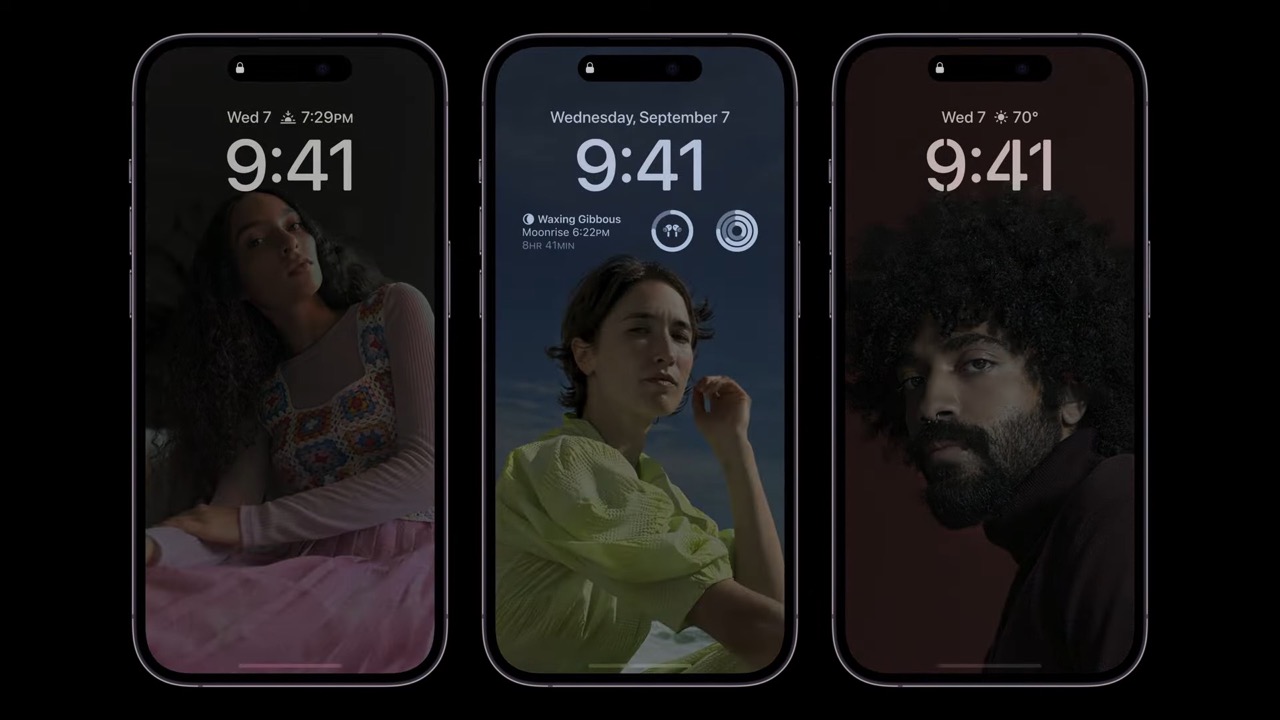
Apple today published a new support document with additional details about the new always-on display mode on the iPhone 14 Pro and iPhone 14 Pro Max. Notably, the document lists eight scenarios where the always-on display temporarily turns off.

To save battery life, Apple says the display goes completely dark when:
- Your iPhone is lying face down
- Your iPhone is in your pocket or bag
- Sleep Focus is on
- Low Power Mode is on
- Your iPhone is connected to CarPlay
- You're using Continuity Camera
- You haven't used your iPhone for a while (see paragraph below)
- Your iPhone detects that you moved away from it with a paired Apple Watch
Always-on display mode is enabled by default. To turn it off, open the Settings app, tap on the Display & Brightness menu, and turn off Always On.
iPhone 14 Pro models can drop down to a refresh rate as low as 1Hz to ensure that the always-on display does not have too significant of an impact on battery life. Apple says the always-on display uses multiple coprocessors in the A16 Bionic chip to refresh the display using "minimal power," making the display "incredibly power efficient."
Always-on display mode dims the entire Lock Screen, but still shows information like the time, widgets, and wallpaper. Once you raise the iPhone, tap the screen, or press the side button, the display returns to normal brightness. You can also swipe up from the bottom of the display and authenticate with Face ID to wake the iPhone as usual.
Article Link: Apple Reveals 8 Scenarios Where iPhone 14 Pro's Always-On Display Turns Off
Last edited:


